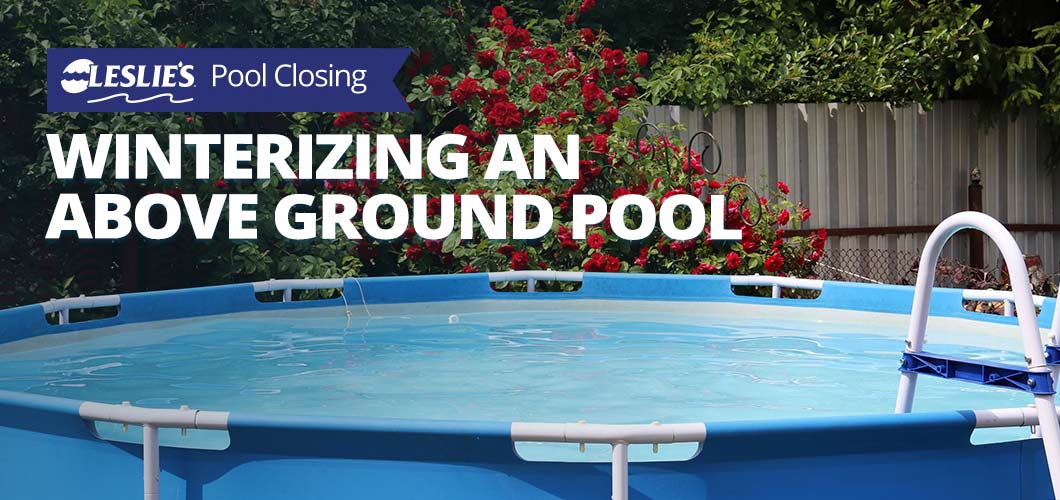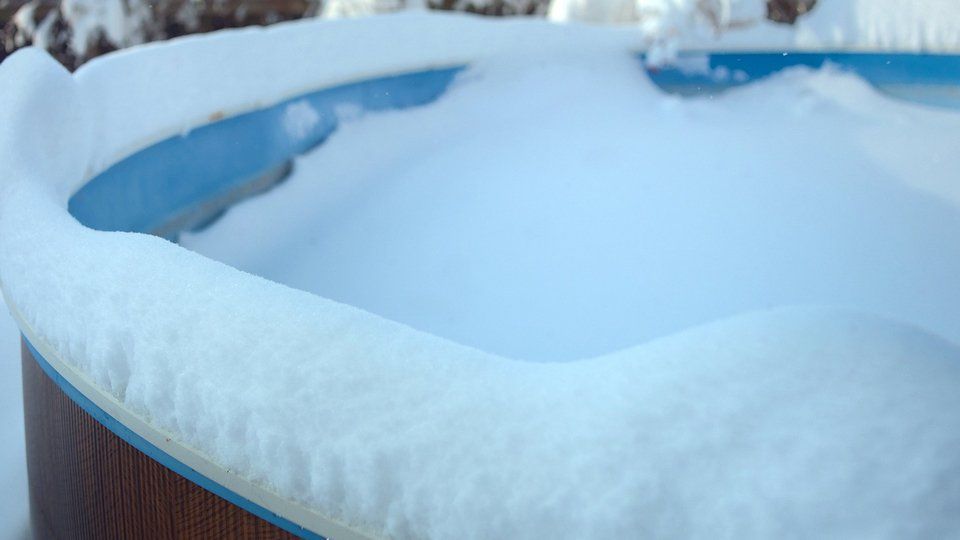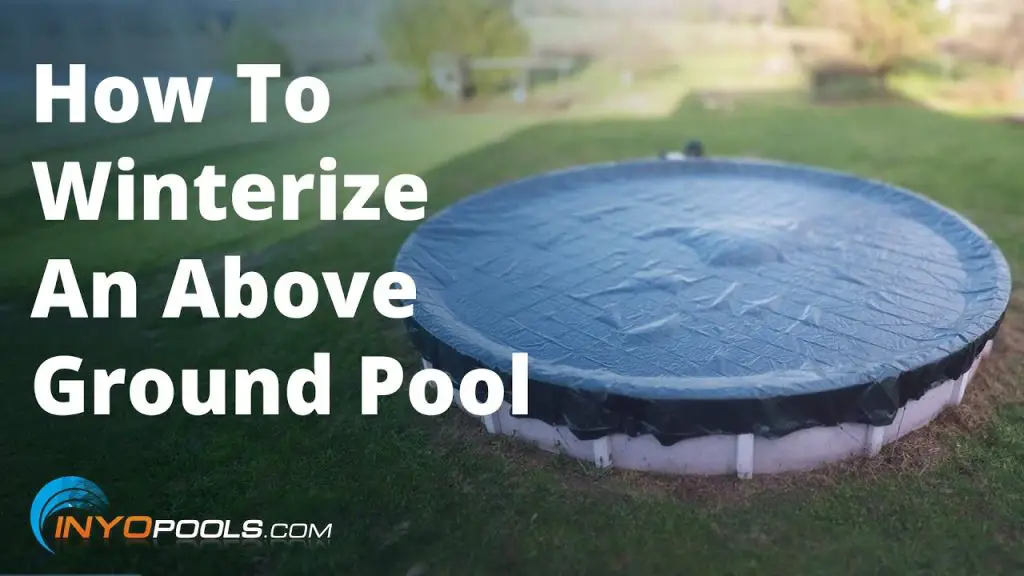Winterizing your above ground pool is an essential step to protect it from the harsh weather conditions that come with the colder months. By taking the necessary precautions, you can ensure that your pool remains in good condition and will be ready for use when the warmer weather returns. Let’s explore the important steps to effectively winterize your above ground pool.
1. Clean the Pool
Start by thoroughly cleaning the pool. Remove any debris such as leaves, twigs, and dirt from both the water and the pool walls. Use a pool skimmer to clean the surface and a pool vacuum to remove debris from the bottom of the pool. Cleaning the pool ensures that no organic material will decay over the winter and create staining or algae growth.
2. Balance the Water Chemistry
It’s crucial to balance the water chemistry before closing your pool for the winter. Test the water’s pH, alkalinity, and sanitizer levels to ensure they are in the proper range. Adjust the water chemistry as needed to prevent any potential damage to the pool’s surfaces and equipment during the winter months. This step will also help to prevent algae and bacteria growth while the pool is not in use.
3. Lower the Water Level
Lower the water level in the pool to below the skimmer opening. This prevents ice from forming and causing damage to the skimmer and plumbing lines. Check your manufacturer’s guidelines for the recommended water level for winterizing your specific type of above ground pool.
4. Drain and Store Equipment
Remove all the pool accessories such as ladders, slides, and diving boards. Thoroughly clean and dry them before storing in a protected area for the winter. Drain all the water from the pump, filter, and heater, and store them in a dry place to prevent freezing and damage. It’s important to follow the manufacturer’s instructions for properly winterizing and storing your pool equipment.

Credit: lesliespool.com
5. Winterize the Plumbing
If you live in a region where temperatures drop below freezing, it’s crucial to winterize the plumbing to prevent pipes and fittings from bursting. Use an air compressor to blow out the water from the plumbing lines. You can also add pool antifreeze to the lines to provide an extra layer of protection against freezing temperatures.
6. Cover the Pool
Invest in a high-quality pool cover that fits securely over your above ground pool. A well-fitted cover will prevent debris from entering the pool, help maintain water cleanliness, and provide an added layer of protection against the elements. Secure the cover tightly using the provided hardware or other securing methods to keep it in place throughout the winter.

Credit: www.familypoolsnorth.com
7. Regular Maintenance Checks
Throughout the winter, it’s important to periodically check on your pool to ensure that the cover is secure and in good condition. Additionally, remove any accumulated snow or debris from the cover to prevent damage and excessive weight on the pool structure. By performing regular maintenance checks, you can address any issues promptly and ensure that your pool remains in top condition during the winter months.
8. Professional Assistance
If you’re unsure about any of the steps involved in winterizing your above ground pool, or if you simply prefer to leave it to the experts, consider hiring a professional pool service. They can provide valuable assistance and ensure that your pool is properly winterized, giving you peace of mind knowing that your investment is in good hands.
Conclusion
Winterizing your above ground pool is a significant investment in preserving its longevity and ensuring that it will be in optimal condition when spring arrives. By following these essential steps, you can effectively prepare your pool for the winter months, protect it from potential damage, and enjoy a stress-free opening when the weather warms up again.





